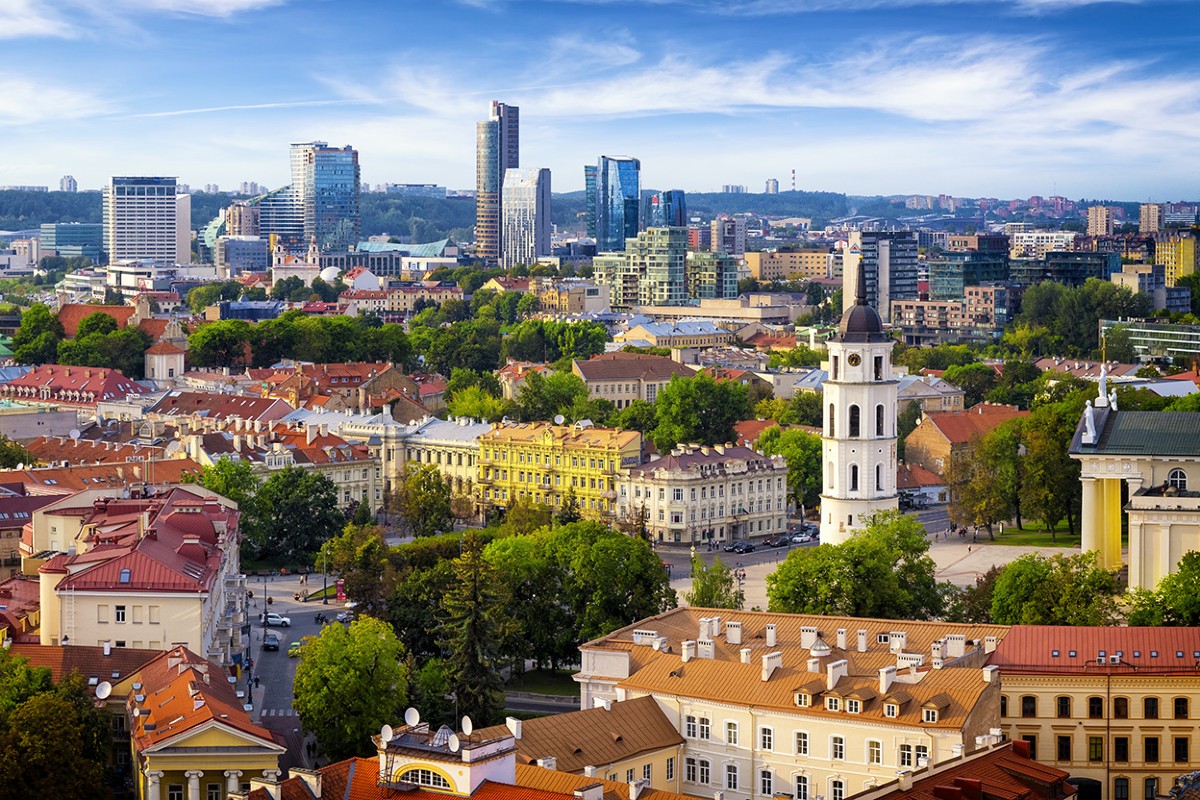Lithuania Advances Sustainable Aviation with New Zaha Hadid-Designed Terminal at Vilnius Airport

Lithuania is progressing toward a more sustainable aviation future with the planned development of a new arrivals terminal at Vilnius Airport, designed by internationally recognized Zaha Hadid Architects (ZHA). This project is part of a broader strategy to strengthen Lithuania’s role as a key aviation hub in the Baltic region, enhance tourism, and improve global connectivity.
A Strategic Addition to Vilnius Airport

Zaha Hadid Architects was selected as the winner of an international competition to design the terminal. The new facility is a key element in Vilnius Airport’s long-term development plan. With rising passenger traffic, the terminal will expand the airport’s annual capacity to over 10 million travellers, supporting anticipated growth and increasing Lithuania’s aviation capacity.
Culturally-Informed Design

ZHA’s design incorporates traditional Lithuanian cultural elements into a contemporary architectural form. The modular structure references the rhombus, a symbol from Baltic folklore, and aligns visually with the existing airport terminals. The new terminal will sit alongside the historic Terminal 1, forming a unified airport layout.
Inside, the design draws inspiration from “sodai”, traditional Lithuanian geometric straw decorations recognized by UNESCO. The pleated timber roof and skylights reflect this heritage, allowing natural light to enter the terminal. These design choices aim to create a welcoming and culturally relevant space for travellers.
Integrated, Sustainable Mobility

The terminal will connect seamlessly with Vilnius Airport’s existing infrastructure and the upcoming multimodal transport hub at Airport Plaza. The new hub will link air travel with city and regional transport, including buses, taxis, bike paths, and the future Rail Baltica high-speed rail line.
ZHA’s design emphasizes intuitive navigation, open sightlines, and clear signage to support a smooth passenger experience. This integration aligns with the Vilnius Sustainable Urban Mobility Plan, aiming to reduce congestion and enhance public transport accessibility.
Environmental Efficiency and Green Technology
Sustainability is a core part of the terminal’s design. The building is targeting a BREEAM “Excellent” rating and incorporates a range of energy-efficient and environmentally friendly systems:
-
High-performance glazing to regulate temperature
-
Hybrid ventilation and responsive environmental controls
-
Solar panels covering 13,000 square meters across terminal buildings
-
Rainwater harvesting, stormwater management, and greywater recycling
These features are designed to reduce the terminal’s environmental footprint and minimize its reliance on external energy sources.
Engineering Collaboration
The terminal’s infrastructure and sustainability plans are being developed in collaboration with global engineering firm Tyréns Group. Their input includes transport integration strategies for vehicles, cyclists, pedestrians, and public transit to ensure efficient movement around the terminal.
Positioning Lithuania for the Future

This terminal project aligns with Lithuania’s broader development goals for the next 30 years, focusing on regional growth, attracting investment, and enhancing international air connectivity. It is expected to drive increased tourism, open up new business opportunities, and reinforce Vilnius’s role as a central gateway in the Baltic region.
About Zaha Hadid Architects
ZHA is known for its innovative and culturally responsive architectural work. Alongside the Vilnius project, the firm is currently working on several international developments, including the Asaan Misk Heritage Museum in Saudi Arabia, a science and technology museum in Shenzhen, China, and the Cityzen Tower in Tbilisi, Georgia.












Leave a comment